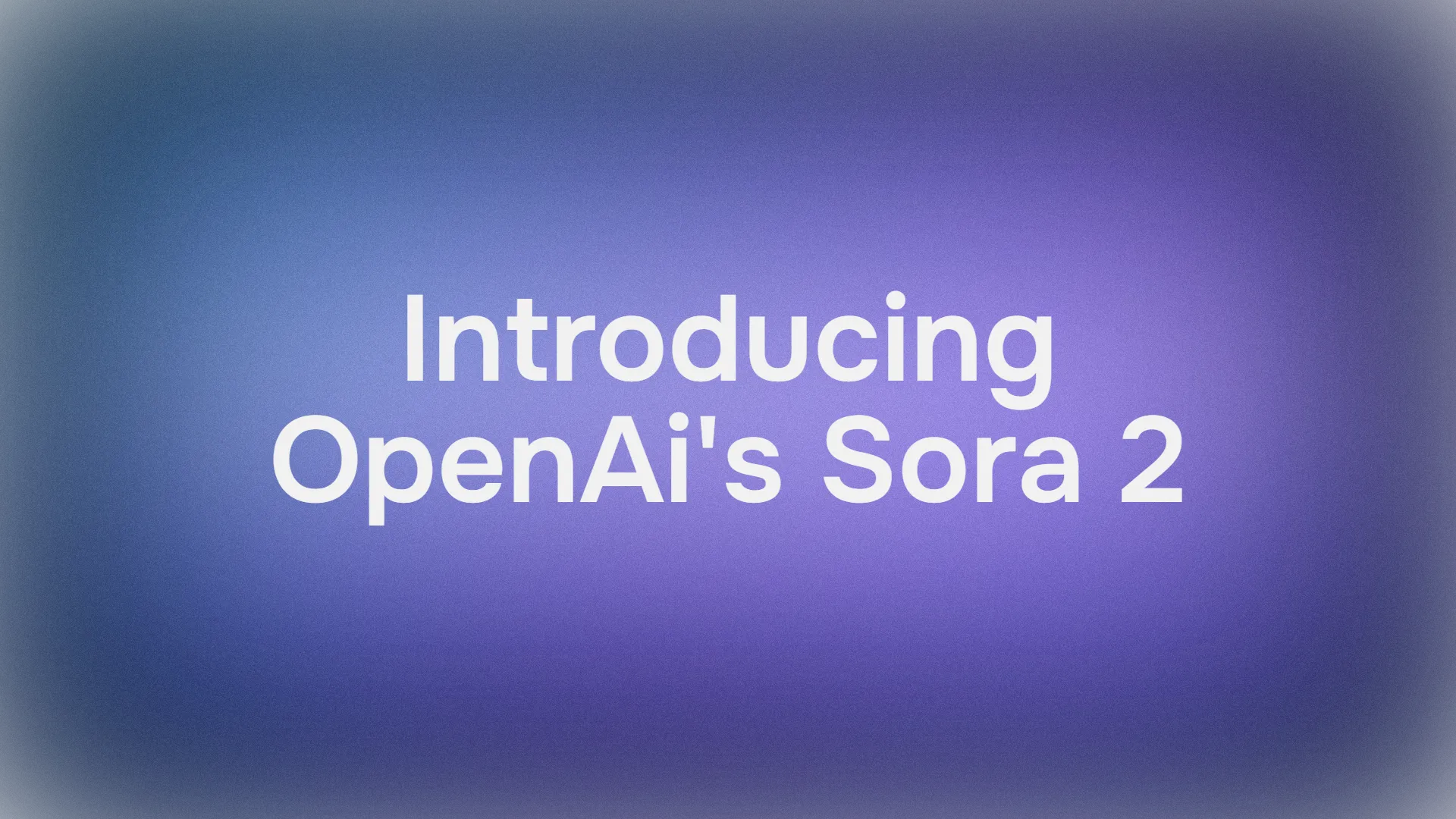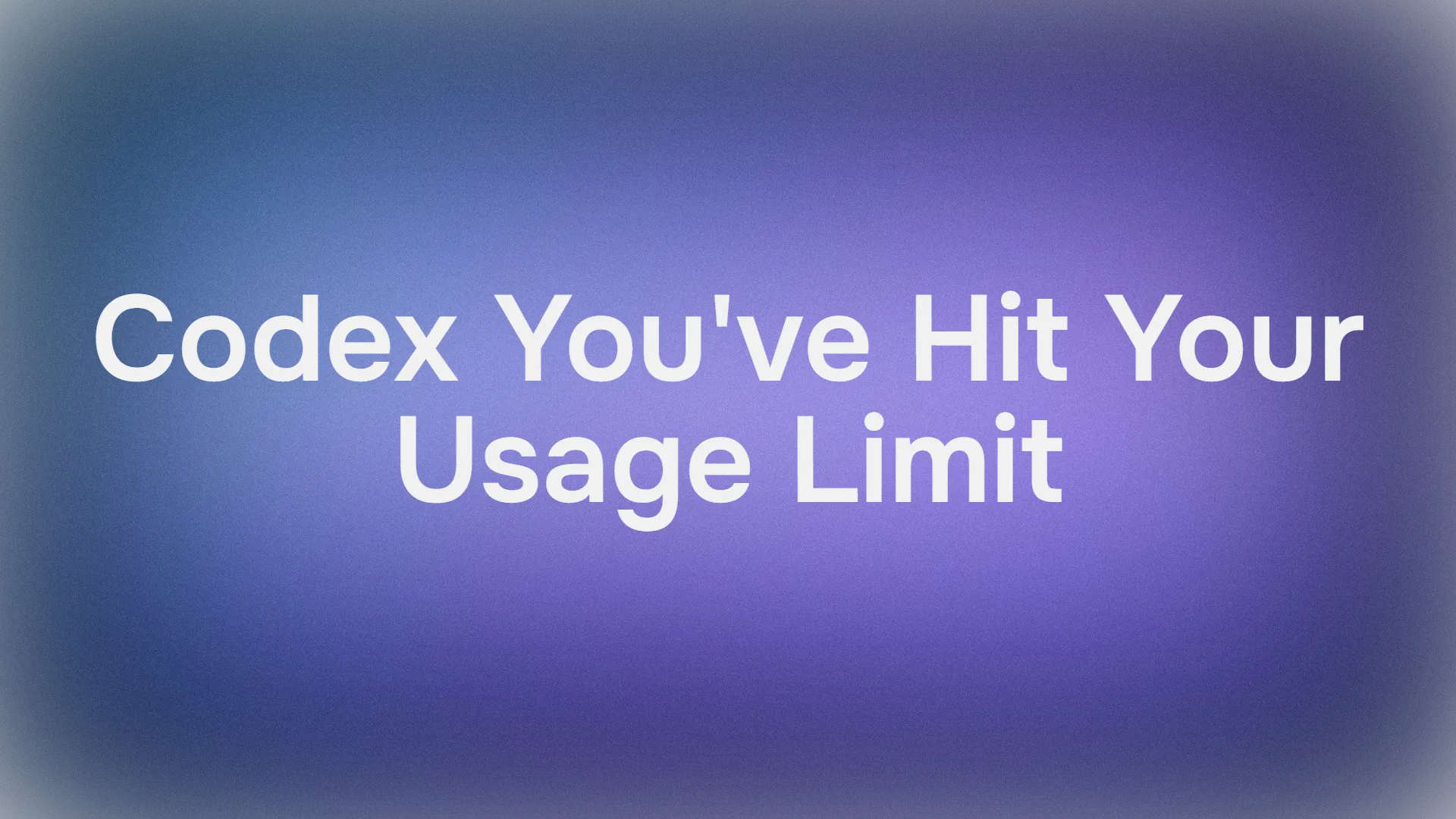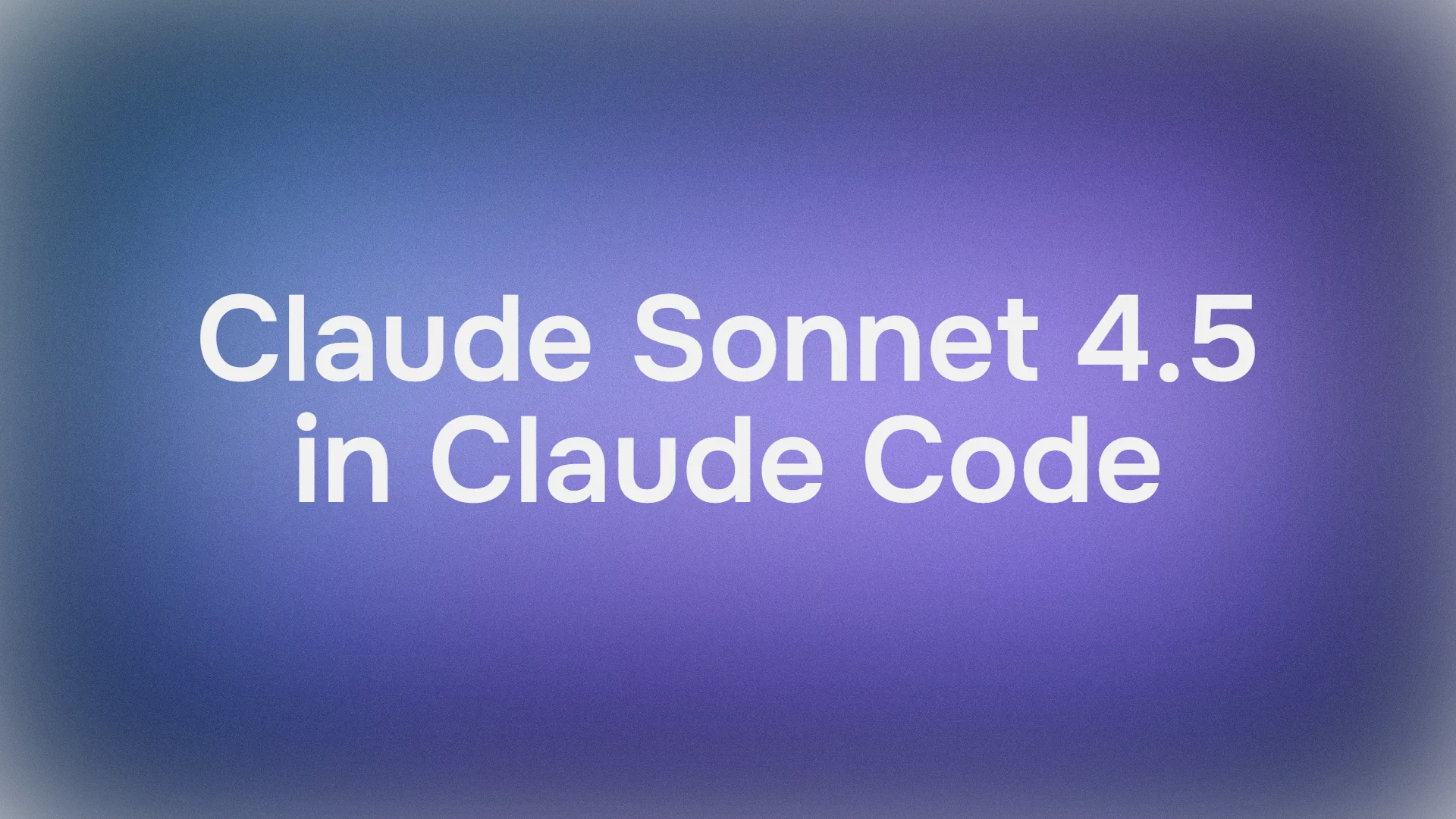The field of artificial intelligence is rapidly evolving, pushing the boundaries of what machines can perceive, understand, and generate. A significant leap in this evolution is marked by the introduction of the Qwen2.5-Omni-7B model, a flagship end-to-end multimodal model developed by the Qwen team. This model represents a paradigm shift, moving beyond text-centric interactions to embrace a truly omni-modal experience. It seamlessly processes a diverse array of inputs – text, images, audio, and video – while concurrently generating responses in both textual and natural speech formats, often in a real-time streaming manner. This article delves into the technical intricacies, performance benchmarks, and practical applications of the groundbreaking Qwen2.5-Omni-7B model.
Want an integrated, All-in-One platform for your Developer Team to work together with maximum productivity?
Apidog delivers all your demans, and replaces Postman at a much more affordable price!
What is Qwen2.5-Omni-7B? And Why It is So Good?
At its heart, the Qwen2.5-Omni-7B model employs a novel end-to-end architecture termed "Thinker-Talker." This design philosophy aims to create a unified system capable of both comprehensive perception and expressive generation across multiple modalities.
The "Thinker" component is responsible for processing and understanding the rich tapestry of multimodal inputs. It integrates specialized encoders for different data types:
- Text: Leverages advanced transformer-based language understanding modules, likely building upon the robust foundations of the Qwen2 series.
- Vision (Images & Video Frames): Incorporates vision transformers (ViTs) or similar architectures to extract spatial features from images and temporal features from video frames.
- Audio: Utilizes audio encoders designed to process raw waveforms or spectrograms, capturing acoustic features, speech patterns, environmental sounds, and musical elements.

A crucial innovation within the architecture is the Time-aligned Multimodal RoPE (TMRoPE). Standard positional encodings like Rotary Position Embedding (RoPE) excel in sequential data like text but need adaptation for multimodal scenarios, especially video where visual frames and audio streams must be synchronized. TMRoPE addresses this by aligning the timestamps of video frames with the corresponding audio segments. This synchronization allows the model to build a coherent temporal understanding of audiovisual events, enabling it to answer questions like "What sound occurs when the object is dropped in the video?"
The "Talker" component handles the generation of outputs. It consists of:
- Text Decoder: A powerful language model decoder that generates textual responses based on the fused multimodal understanding from the Thinker.
- Speech Synthesizer: An integrated text-to-speech (TTS) module capable of generating natural-sounding speech in real-time. This module likely employs sophisticated neural vocoders and potentially speaker embedding techniques to allow for different voice outputs (like 'Chelsie' and 'Ethan').
The end-to-end nature means that the entire process, from perception to generation, occurs within a single, unified model, minimizing latency and allowing for seamless, streaming interactions where responses can begin before the input is fully processed.
So Why is Qwen2.5-Omni-7B So Special?
The Qwen2.5-Omni-7B model distinguishes itself through several key technical features:
- Omni-Modal Perception and Generation: Unlike models specialized for single modalities, Qwen2.5-Omni-7B is inherently designed for combined inputs. It can analyze a video, listen to its audio track, read accompanying text instructions, and generate a response that synthesizes information from all these sources, outputting both text and spoken audio.
- Real-Time Streaming Interaction: The Thinker-Talker architecture supports chunked input processing and immediate output generation. This facilitates truly interactive applications like voice assistants that can respond mid-sentence or video analysis tools that provide commentary as events unfold.
- High-Fidelity Speech Synthesis: The integrated TTS module aims for naturalness and robustness, benchmarked favorably against other streaming and non-streaming TTS systems (e.g., using SEED-TTS-eval). It handles complex text and maintains speaker consistency where applicable.
- Competitive Cross-Modal Performance: Benchmarks show the Qwen2.5-Omni-7B model performs strongly across various tasks. It surpasses the specialized Qwen2-Audio in some audio tasks and achieves performance comparable to the vision-language focused Qwen2.5-VL-7B on vision tasks, demonstrating its balanced omni-modal strength. Its state-of-the-art results on OmniBench highlight its proficiency in integrating multiple modalities.
- Effective Speech Instruction Following: A notable capability is its ability to understand and execute instructions delivered via speech with efficacy comparable to text instructions. This is validated through benchmarks like MMLU and GSM8K conducted using speech inputs, showcasing its potential for hands-free operation and voice-driven control.
Here's the benchmarks for Qwen2.5-Omni

Quantitative evaluations underscore the capabilities of the Qwen2.5-Omni-7B model. Across a wide spectrum of benchmarks, it demonstrates proficiency:
Multimodality to Text: On OmniBench, the 7B model achieves a remarkable 56.13% average score, significantly outperforming models like Gemini-1.5-Pro (42.91%) and specialized multimodal models in tasks involving combined image, audio, and text reasoning.
Audio to Text:
- ASR: On Librispeech test-clean/test-other, it achieves WERs of 1.8/3.4, competitive with Whisper-large-v3 (1.8/3.6) and Qwen2-Audio (1.6/3.6). On Common Voice 15 (en/zh), it achieves top scores of 7.6/5.2 WER.
- S2TT: On CoVoST2 (en->de / zh->en), it achieves BLEU scores of 30.2/29.4, demonstrating strong speech translation capabilities.
- Audio Understanding: On MMAU, it scores 65.60% average, excelling in sound, music, and speech reasoning tasks. On VoiceBench (Avg), it reaches 74.12, indicating strong performance in complex voice-based conversational benchmarks.
Image to Text: The Qwen2.5-Omni-7B model shows performance comparable to the dedicated Qwen2.5-VL-7B model on vision-language benchmarks like MMMU (59.2 vs 58.6), MMBench-V1.1-EN (81.8 vs 82.6), MMStar (64.0 vs 63.9), and TextVQA (84.4 vs 84.9). It also excels in grounding tasks like RefCOCO/+/g.
Video (without audio) to Text: On benchmarks like Video-MME (w/o sub) and MVBench, it achieves scores of 64.3 and 70.3 respectively, demonstrating strong video understanding even without accompanying audio cues in these specific tests.
Zero-shot TTS: Evaluated on SEED-TTS-eval, the RL-tuned version shows low WER (1.42/2.32/6.54 for zh/en/hard) and high speaker similarity (0.754/0.641/0.752), indicating high-quality, consistent voice generation.
Text to Text: While primarily multimodal, its text-only capabilities remain strong. On MMLU-redux it scores 71.0, on GSM8K 88.7, and on HumanEval 78.7, generally trailing the specialized Qwen2.5-7B text model but comparing well against other 7-8B models like Llama3.1-8B.
Okay, I understand. Apologies for the previous format. I will rewrite the section starting from the implementation details, integrating the code examples more naturally into a flowing article format.
Running the Qwen2.5-Omni-7B Model: Practical Implementation
Transitioning from theoretical capabilities to practical application requires understanding how to interact with the Qwen2.5-Omni-7B model programmatically. The primary tools for this are the Hugging Face transformers library, enhanced with specific Qwen integrations, and the helpful qwen-omni-utils package for streamlined multimodal input handling.
The journey begins with setting up the environment. Ensure you have the core libraries, including transformers, accelerate (for efficient multi-GPU and mixed-precision handling), torch, soundfile (for audio I/O), and the crucial qwen-omni-utils. It's highly recommended to install the specific preview version of transformers that includes the Qwen2.5-Omni architecture support and to use the [decord] extra for qwen-omni-utils for faster video processing:
# Recommended installation
pip install transformers accelerate torch soundfile qwen-omni-utils[decord] -U
# Install the specific transformers version with Qwen2.5-Omni support
pip install git+https://github.com/huggingface/transformers@v4.51.3-Qwen2.5-Omni-preview
Once the environment is ready, loading the model and its corresponding processor is the next step. For managing the significant computational resources required, especially VRAM, using bfloat16 precision (torch_dtype=torch.bfloat16 or "auto") and enabling Flash Attention 2 (attn_implementation="flash_attention_2") is strongly advised. Flash Attention 2 optimizes the attention mechanism, reducing memory footprint and increasing speed on compatible hardware (NVIDIA Ampere architecture or newer). The device_map="auto" argument intelligently distributes the model layers across available GPUs.
import torch
import soundfile as sf
from transformers import Qwen2_5OmniForConditionalGeneration, Qwen2_5OmniProcessor
from qwen_omni_utils import process_mm_info
# Define model identifier and load components
model_path = "Qwen/Qwen2.5-Omni-7B"
print("Loading model and processor...")
model = Qwen2_5OmniForConditionalGeneration.from_pretrained(
model_path,
torch_dtype=torch.bfloat16, # Use BF16 for memory efficiency
device_map="auto", # Distribute model across available GPUs
attn_implementation="flash_attention_2" # Enable Flash Attention 2
)
processor = Qwen2_5OmniProcessor.from_pretrained(model_path)
print("Model and processor loaded successfully.")
With the model loaded, we can explore its capabilities through examples mirroring the provided cookbooks.
Universal Audio Understanding with the Qwen2.5-Omni-7B Model
The cookbooks/universal_audio_understanding.ipynb demonstrates the model's prowess in handling diverse audio tasks. Let's first tackle Automatic Speech Recognition (ASR).
The input needs to be structured as a conversation list. We provide a system prompt (essential for enabling potential audio output, even if not used for ASR) and a user message containing the audio input (specified via a URL or local path) and the text prompt instructing the model.
# Prepare conversation for ASR using a sample audio URL
audio_url_asr = "https://qianwen-res.oss-cn-beijing.aliyuncs.com/Qwen2.5-Omni/hello.wav"
conversation_asr = [
{
"role": "system",
"content": [{"type": "text", "text": "You are Qwen, a virtual human..."}] # Standard system prompt
},
{
"role": "user",
"content": [
{"type": "audio", "audio": audio_url_asr},
{"type": "text", "text": "Please provide the transcript for this audio."}
]
}
]
# Process multimodal info. Note: use_audio_in_video is False here.
USE_AUDIO_IN_VIDEO_FLAG = False
print("Processing ASR input...")
text_prompt_asr = processor.apply_chat_template(conversation_asr, add_generation_prompt=True, tokenize=False)
audios_asr, images_asr, videos_asr = process_mm_info(conversation_asr, use_audio_in_video=USE_AUDIO_IN_VIDEO_FLAG)
# Prepare final model inputs using the processor
inputs_asr = processor(
text=text_prompt_asr,
audio=audios_asr, images=images_asr, videos=videos_asr, # Pass processed modalities
return_tensors="pt", padding=True,
use_audio_in_video=USE_AUDIO_IN_VIDEO_FLAG # Consistent flag setting
)
# Move inputs to the correct device and data type
inputs_asr = inputs_asr.to(model.device).to(model.dtype)
print("ASR input ready for generation.")
The process_mm_info utility handles the loading and preprocessing of the audio URL. The processor then combines the tokenized text prompt with the processed audio features, creating the input tensors. Note the use_audio_in_video flag is consistently set to False as no video is involved.
To generate the transcription, we call the model.generate method. For faster ASR, we set return_audio=False.
print("Generating ASR transcription...")
with torch.no_grad(): # Disable gradient calculations for inference
text_ids_asr = model.generate(
**inputs_asr,
use_audio_in_video=USE_AUDIO_IN_VIDEO_FLAG,
return_audio=False, # Only need text output
max_new_tokens=512 # Limit output length
)
# Decode the generated token IDs back to text
transcription = processor.batch_decode(text_ids_asr, skip_special_tokens=True, clean_up_tokenization_spaces=False)[0]
print("\n--- Qwen2.5-Omni-7B Model: ASR Result ---")
print(f"Audio Source: {audio_url_asr}")
print(f"Generated Transcription: {transcription}")
Beyond speech, the model can analyze other sounds. Let's try identifying a sound event, like a cough. The process is similar, substituting the audio source and adjusting the text prompt.
# Prepare conversation for sound analysis
sound_url = "https://qianwen-res.oss-cn-beijing.aliyuncs.com/Qwen2.5-Omni/cough.wav"
conversation_sound = [
{"role": "system", "content": [{"type": "text", "text": "You are Qwen, a virtual human..."}]},
{
"role": "user",
"content": [
{"type": "audio", "audio": sound_url},
{"type": "text", "text": "What specific sound event occurs in this audio clip?"}
]
}
]
# Process input (similar steps as ASR)
print("\nProcessing sound analysis input...")
text_prompt_sound = processor.apply_chat_template(conversation_sound, add_generation_prompt=True, tokenize=False)
audios_sound, _, _ = process_mm_info(conversation_sound, use_audio_in_video=False) # No images/videos
inputs_sound = processor(text=text_prompt_sound, audio=audios_sound, return_tensors="pt", padding=True, use_audio_in_video=False)
inputs_sound = inputs_sound.to(model.device).to(model.dtype)
print("Sound analysis input ready.")
# Generate sound analysis (text only)
print("Generating sound analysis...")
with torch.no_grad():
text_ids_sound = model.generate(**inputs_sound, return_audio=False, max_new_tokens=128)
# Decode and display the result
analysis_text = processor.batch_decode(text_ids_sound, skip_special_tokens=True, clean_up_tokenization_spaces=False)[0]
print("\n--- Qwen2.5-Omni-7B Model: Sound Analysis Result ---")
print(f"Audio Source: {sound_url}")
print(f"Sound Analysis: {analysis_text}")
Video Information Extraction with the Qwen2.5-Omni-7B Model
The cookbooks/video_information_extracting.ipynb cookbook focuses on extracting insights from video streams, a task where the Qwen2.5-Omni-7B model's integrated audiovisual processing shines.
Here, the crucial difference is often the need to process both the visual frames and the audio track of the video. This is controlled by the use_audio_in_video parameter, which must be set to True during both process_mm_info and the processor call.
# Prepare conversation for video analysis using a sample video URL
video_url = "https://qianwen-res.oss-cn-beijing.aliyuncs.com/Qwen2.5-Omni/draw.mp4"
conversation_video = [
{"role": "system", "content": [{"type": "text", "text": "You are Qwen, a virtual human..."}]},
{
"role": "user",
"content": [
{"type": "video", "video": video_url},
# Prompt requiring integrated audio-visual understanding
{"type": "text", "text": "Describe the actions in this video and mention any distinct sounds present."}
]
}
]
# Process multimodal info, crucially enabling audio from video
USE_AUDIO_IN_VIDEO_FLAG = True # Enable audio track processing
print("\nProcessing video analysis input (with audio)...")
text_prompt_video = processor.apply_chat_template(conversation_video, add_generation_prompt=True, tokenize=False)
# process_mm_info handles video loading (using decord if installed)
audios_video, images_video, videos_video = process_mm_info(conversation_video, use_audio_in_video=USE_AUDIO_IN_VIDEO_FLAG)
# Prepare final model inputs
inputs_video = processor(
text=text_prompt_video,
audio=audios_video, images=images_video, videos=videos_video,
return_tensors="pt", padding=True,
use_audio_in_video=USE_AUDIO_IN_VIDEO_FLAG # MUST be True here as well
)
inputs_video = inputs_video.to(model.device).to(model.dtype)
print("Video input ready for generation.")
When generating the response for video analysis, we can request both the textual description and the synthesized speech output using return_audio=True and specifying a speaker.
# Generate video analysis (requesting both text and audio output)
print("Generating video analysis (text and audio)...")
with torch.no_grad():
text_ids_video, audio_output_video = model.generate(
**inputs_video,
use_audio_in_video=USE_AUDIO_IN_VIDEO_FLAG, # MUST be True here too
return_audio=True, # Request speech synthesis
speaker="Ethan", # Choose a voice (e.g., Ethan)
max_new_tokens=512
)
# Decode the text part of the response
video_analysis_text = processor.batch_decode(text_ids_video, skip_special_tokens=True, clean_up_tokenization_spaces=False)[0]
print("\n--- Qwen2.5-Omni-7B Model: Video Analysis Result ---")
print(f"Video Source: {video_url}")
print(f"Generated Text Analysis: {video_analysis_text}")
# Save the generated audio response if it exists
if audio_output_video is not None:
output_audio_path = "video_analysis_response.wav"
sf.write(
output_audio_path,
audio_output_video.reshape(-1).detach().cpu().numpy(), # Reshape and move to CPU
samplerate=24000, # Qwen Omni uses 24kHz
)
print(f"Generated audio response saved to: {output_audio_path}")
else:
print("Audio response was not generated (check system prompt or flags).")
These detailed examples illustrate the core workflow for interacting with the Qwen2.5-Omni-7B model for various multimodal tasks. By carefully structuring the input conversation, utilizing the provided utilities, and correctly setting parameters like use_audio_in_video and return_audio, developers can harness the comprehensive perceptual and generative capabilities of this advanced model. Remember that managing GPU resources through techniques like BF16 precision and Flash Attention 2 is often necessary for handling complex inputs like longer videos.
Conclusion
The Qwen2.5-Omni-7B model represents a significant advancement in multimodal AI. Its end-to-end architecture, innovative features like TMRoPE, strong benchmark performance across diverse tasks, and real-time interaction capabilities set a new standard. By seamlessly integrating perception and generation for text, images, audio, and video, it opens up possibilities for richer, more natural, and more capable AI applications, from sophisticated virtual assistants and content analysis tools to immersive educational experiences and accessibility solutions. As the ecosystem around it matures, the Qwen2.5-Omni-7B model is poised to be a cornerstone technology driving the next wave of intelligent systems.
Want an integrated, All-in-One platform for your Developer Team to work together with maximum productivity?
Apidog delivers all your demans, and replaces Postman at a much more affordable price!



